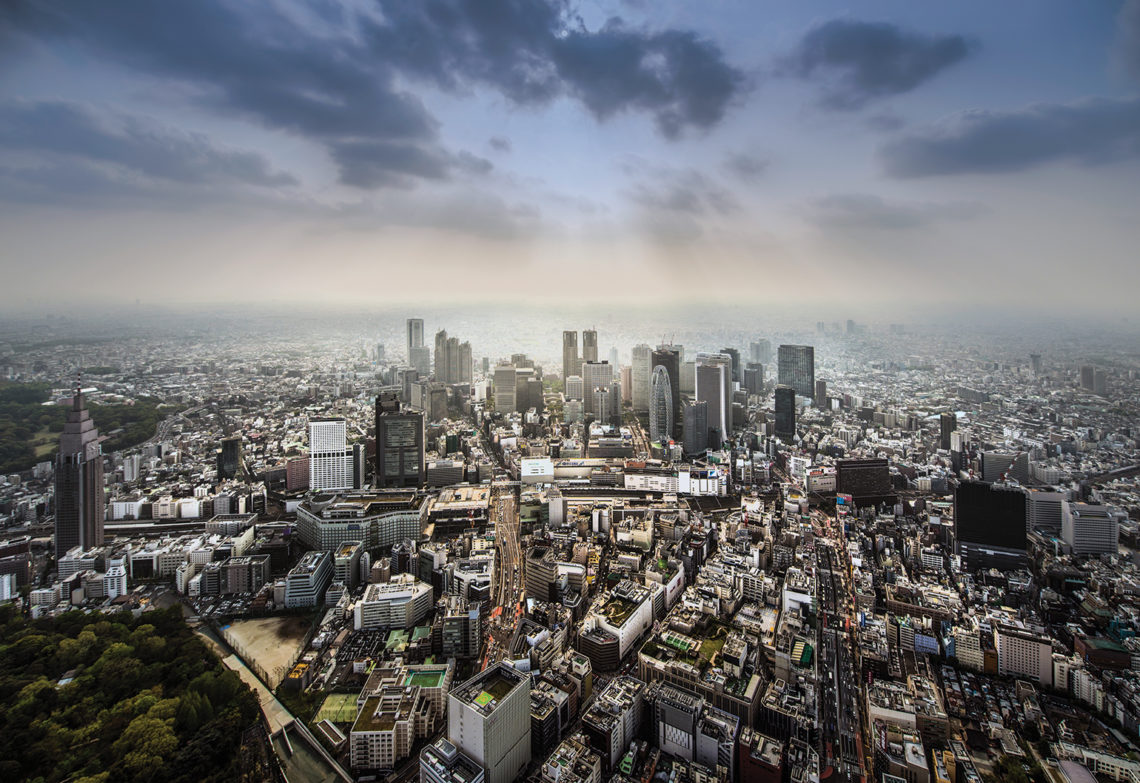The Japanese market is very receptive to technology-based products, but must be approached with a sensible, long-term plan.
At a recent automotive trade show in Tokyo, I met with some staff from a Brisbane-based technology company that is making moves into Japan with EV (electric vehicle) related products, supported by the Queensland Government.
Their approach is the correct one: they are aware it will not be a quick win and they are preparing for quite a long process.
Sadly, other businesses I meet — unfortunately, the great majority of foreign companies attempting to enter the Japanese market — tell me they don’t understand what is going wrong.
“We made a superstar presentation and experienced only positive feedback from those present,” they say. But they never received any orders or, worse, received no follow-up contact at all.
It’s vital before a business begins to plan expansion into the Japanese market that the management team develops a strong understanding of the current cultural and process differences in the business and engineering world.
The 1980s are over
So much has changed since the 1980s bubble days.
I have discovered many things over 30 years living and working in Japan, which is still my home.
I have spent about 25 years in the automotive industry, mostly focusing on catalytic converters, both technically and commercially.
The field of catalytic converters is an excellent example of Japan’s strength in constant incremental improvement. People say cars are environmentally dirty, but we have managed to decrease tailpipe pollution by 90 to 99 per cent.
Due to bushfire smoke, Canberra was recently experiencing the worst air quality index (AQI) readings in the world; the ACT’s readings peaked at 7700. (Anything over 200 is considered hazardous).
At the same time, Tokyo’s AQI was less than 10. On one day, it even recorded a reading of one near my home.
How is that possible in a greater Tokyo region that has a population of more than 38 million?
It is partly due to Japanese Government vehicular regulations for clean air that were enacted decades ago, which have become progressively tightened over the years. It is also related to great engineering, in collaboration with Japanese vehicle makers.
What you need to know about Japan
No matter where you are in the world, engineers are engineers. We all love facts, figures and logic.
So when I work with cross-cultural teams, as long as we all stay on the straight and narrow with regard to facts and figures, we will move forward. However, conflicts may arise because of nuances in meanings and behaviours between cultures.
In the example mentioned earlier, when a Japanese person nods their head in a meeting, it of course means, ‘Yes, I understand’.
But a Japanese person will rarely say, “no” to your face. The nuance is different: “yes, I don’t want to insult you by saying no, so I’ll nod to show I understand”.
Newbies don’t pick up on that and think they have agreement, but their Japanese contact is simply being polite.
The style of work in Japan is also different. There are many more meetings here because of a need for group consensus.
Before you sign off on something, you’ll have to meet with numerous people across different groups — not just engineering but also purchasing and logistics, executives, and more.
Everybody may have a different perspective and some advice, and the majority must agree before moving forward. Frustratingly, the true decision-maker may not have been in the original meeting.
Until the decision-maker is comfortable, things will be delayed.
Process, process, process
The Elon Musk style of winging it makes people grit their teeth in Japan. It is not welcome at all. I see this regularly as EVs and autonomous cars become hotter topics and Silicon Valley people visit to talk about new software.
Automotive people in Japan are very conservative. Having been through the pains of an automotive recall, they like to know there is a process. This difference can cause teething problems.
How do you succeed? I often explain it to clients as being like an orchestra: everybody has their role. When we have a meeting with a potential client or joint venture partner, we each have a role.
One person’s role is to make the technical presentation. Another ensures consistent and ongoing communication. Another remains on the ground in the country and continues the discussion.
Every person has their part to play, and, after the meeting, we must keep showing that single, united team to the Japanese side of the table, for as long as it takes.
5 tips for doing business in Japan
- Clearly define your realistic goals.
- Ensure your product is based on actual results, not hopes or winged promises.
- Seek the advice of a Japan-based expert.
- Ensure your interpreter is familiar with industry jargon.
- Be patient. Remember, you won’t get the pot of gold in one trip.



